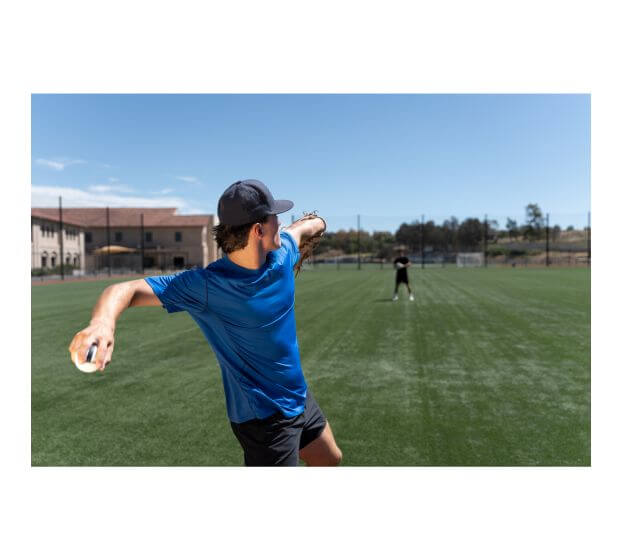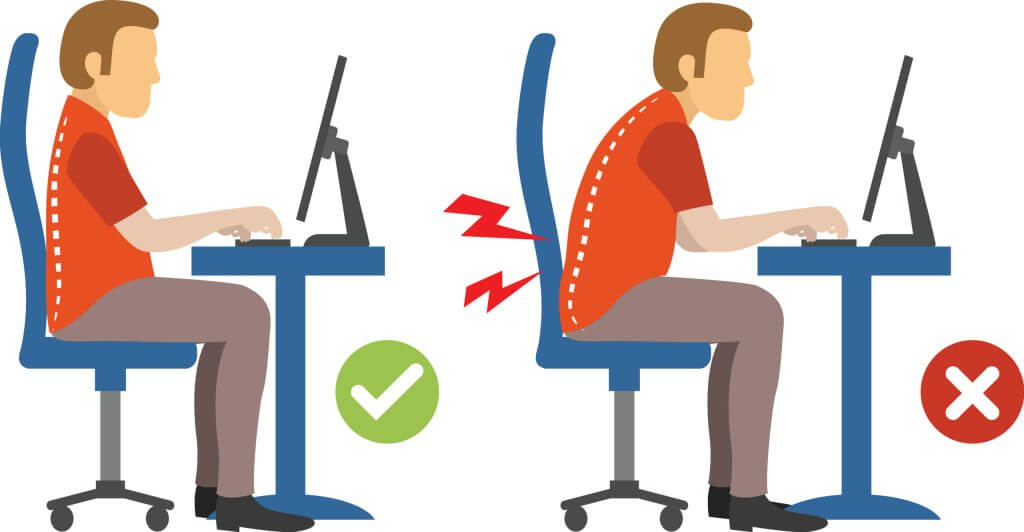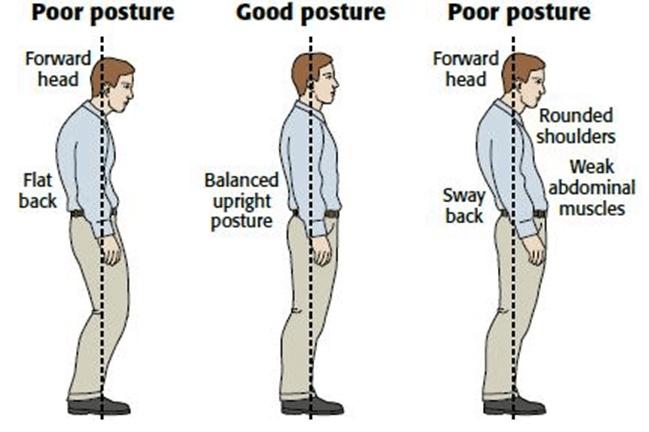Shoulder Impingement in Athletes & Desk Workers: Causes, Symptoms, and Treatment
Shoulder impingement is a prevalent condition that affects a diverse range of individuals, from athletes engaged in throwing sports like baseball, softball, and tennis to older adults experiencing posture-related discomfort due to prolonged computer and smart device usage. This article delves into the causes, biomechanical factors, genetic predispositions, and common symptoms associated with shoulder impingement, providing valuable insights for both patients and practitioners.

1. Understanding Shoulder Impingement
Shoulder impingement occurs when the rotator cuff tendons are compressed during shoulder movements, leading to pain and restricted motion. This compression typically happens under the acromion, the bony prominence at the top of the shoulder. Over time, repetitive overhead activities can exacerbate this condition, resulting in inflammation and discomfort.

2. Impact on Throwing Athletes
Athletes involved in overhead throwing sports are particularly susceptible to shoulder impingement due to the repetitive and high-velocity nature of their movements.
- Baseball and Softball Pitchers: The throwing motion in these sports involves extreme ranges of shoulder abduction and external rotation. During the late cocking and early acceleration phases, the rotator cuff tendons can become compressed between the humeral head and the glenoid labrum, leading to internal impingement.
- Tennis Players: The serve and overhead strokes require significant shoulder rotation and elevation. Repetitive execution of these movements can cause posterior impingement, where the rotator cuff tendons are pinched between the greater tuberosity and the posterior glenoid rim.

3. Posture-Related Impingement in Older Adults
Prolonged use of computers and smart devices often leads to poor posture, characterized by forward head positioning and rounded shoulders. This posture alters the mechanics of the shoulder girdle, reducing the subacromial space and increasing the risk of impingement.
- “Mouse Shoulder”: Extended periods of mouse usage can lead to a specific collection of neck and shoulder symptoms, often referred to as “mouse shoulder.” This condition presents as pain over one side of the neck, spreading into the shoulder, and is associated with repeated or prolonged mouse use.
4. Biomechanical Factors Contributing to Impingement
Several biomechanical issues can predispose individuals to shoulder impingement:
- Scapular Dyskinesis: Abnormal movement of the scapula during shoulder motions can reduce the subacromial space, increasing impingement risk.
- Muscle Imbalances: Weakness or imbalance between the rotator cuff and scapular stabilizing muscles can lead to improper shoulder mechanics.
- Joint Laxity: Excessive looseness in the shoulder joint, often seen in athletes, can contribute to instability and impingement.
5. Genetic Predispositions
Certain anatomical variations can increase susceptibility to shoulder impingement:
- Acromion Shape: Individuals with a hooked or curved acromion may have a naturally reduced subacromial space, making impingement more likely.
- Familial Tendencies: A family history of shoulder issues may indicate a genetic predisposition to developing impingement syndromes.
6. Common Symptoms
Patients with shoulder impingement often present with:
- Pain: Discomfort when lifting the arm, especially overhead or backward.
- Weakness: Reduced strength in the affected shoulder, impacting daily activities.
- Limited Range of Motion: Difficulty performing movements that require full shoulder mobility.
- Night Pain: Increased discomfort when lying on the affected shoulder.

7. Management and Prevention Strategies
Addressing shoulder impingement involves a combination of therapeutic interventions and lifestyle modifications:
- Physical Therapy: Targeted exercises to strengthen the rotator cuff and scapular muscles, improving shoulder mechanics.
- Postural Correction: Implementing ergonomic adjustments in workspaces and encouraging regular posture checks to reduce strain.
- Activity Modification: Limiting repetitive overhead activities and incorporating rest periods during sports or work tasks.
- Medical Interventions: In cases where conservative treatments are ineffective, options like corticosteroid injections or surgery may be considered.
8. Conclusion
Shoulder impingement is a multifaceted condition influenced by activity type, biomechanics, and genetic factors. Understanding its causes and manifestations is crucial for effective management and prevention. By adopting appropriate therapeutic strategies and lifestyle adjustments, individuals can alleviate symptoms and reduce the risk of recurrence. To help overcome impingement and start treatment, give us a call @ 201-773-8851 or contact us HERE

